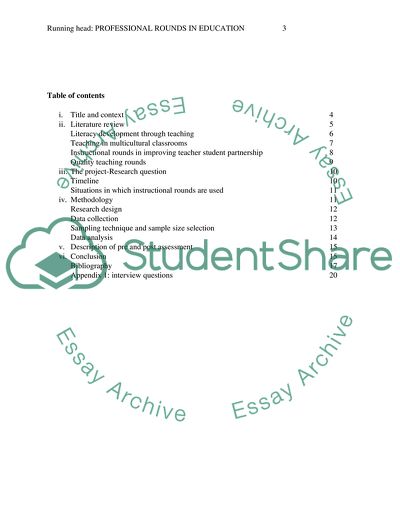Cite this document
(“Action Research Proposal Thesis Example | Topics and Well Written Essays - 4000 words”, n.d.)
Retrieved from https://studentshare.org/education/1670415-action-research-proposal
Retrieved from https://studentshare.org/education/1670415-action-research-proposal
(Action Research Proposal Thesis Example | Topics and Well Written Essays - 4000 Words)
https://studentshare.org/education/1670415-action-research-proposal.
https://studentshare.org/education/1670415-action-research-proposal.
“Action Research Proposal Thesis Example | Topics and Well Written Essays - 4000 Words”, n.d. https://studentshare.org/education/1670415-action-research-proposal.


